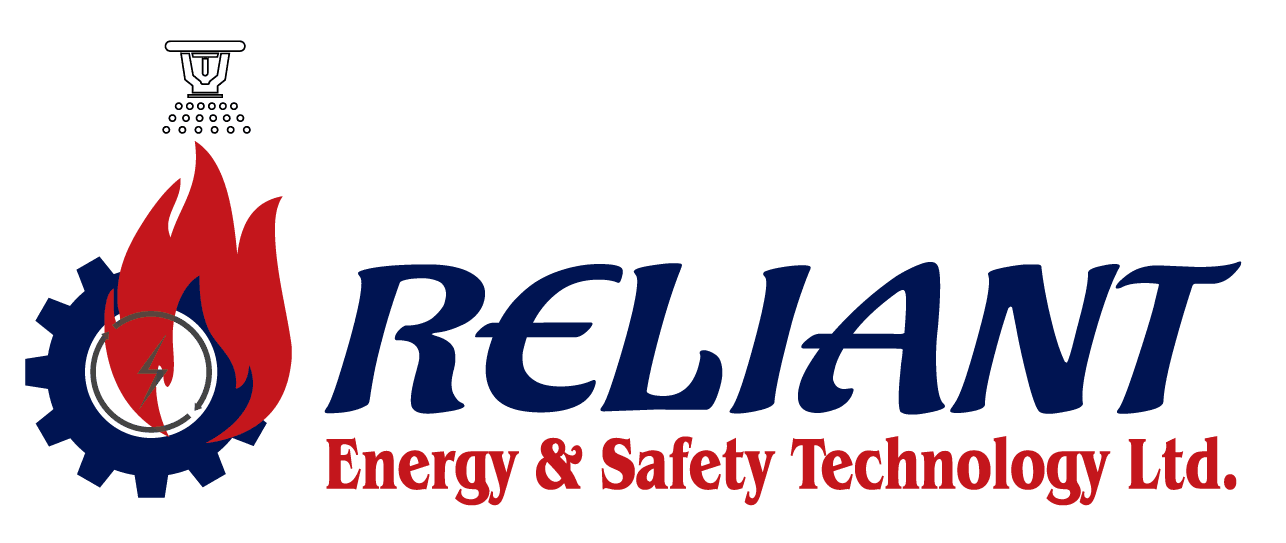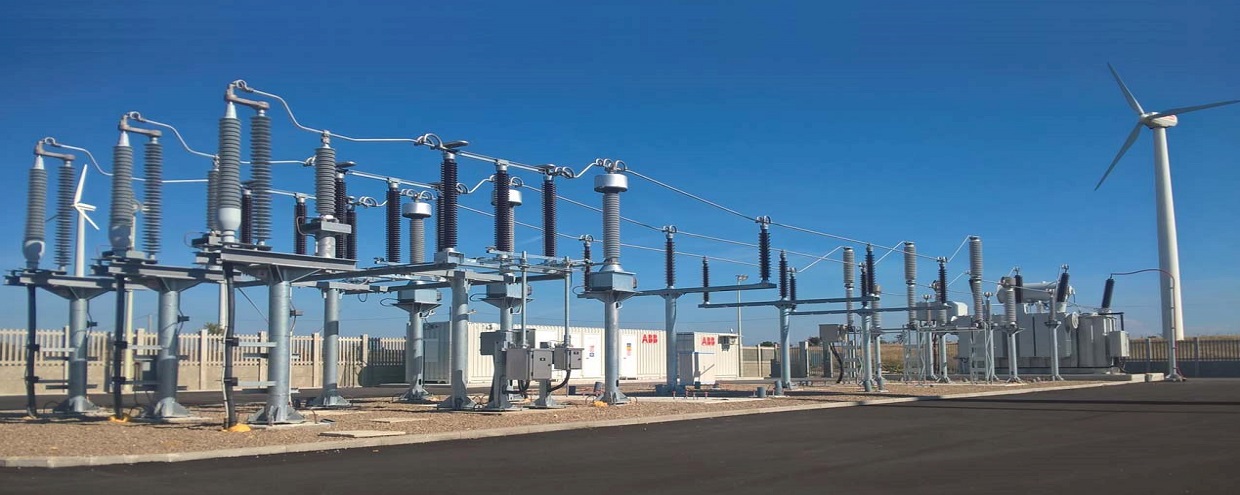An electrical substation is an important part of today’s electrical power grid. It provides a key link in the transmission and distribution of energy from suppliers to end users. The main thing it does is act as a hub that lets different power levels change in a safe and efficient way.
An electrical substation’s main jobs are to change electricity and distribute it to other parts of the grid. It lowers the voltage of electricity made at power plants so that it can be distributed locally. This keeps energy from being lost during transfer. It also sends this electricity to different areas, neighborhoods, and businesses, making sure that homes and companies always have power.
For these basic tasks and more, substations are very important. They keep an eye on the power system, control voltage, and protect against faults. These are very important for keeping our modern electric infrastructure stable and resilient. They come in many shapes and sizes, depending on the needs of the power grid they serve. Read on to learn more about What is an electrical substation.
What does a power substation do?
A power substation is an important part of the energy supply network because it does many important things. Its main job is to change the voltage of electricity, usually stepping it down from high voltage levels made at power plants to lower, safer levels for distribution in the area. This change in voltage cuts down on energy loss during transfer over long distances.
Besides that, power substations are very important for keeping the electrical grid safe and reliable. They control the voltage, keep an eye on how well the equipment is working, and keep problems like lightning hits, short circuits, and overloads from happening. In addition, substations make it easier for electricity to get to homes, companies, and factories, so it can be used for many things. To put it simply, power substations are the unsung heroes that make sure our homes and towns have reliable electricity.
What is an electrical substation
An electrical substation is a key component of the power grid, responsible for transforming voltage levels, regulating electricity flow, and distributing power to homes and businesses, ensuring a reliable supply of electricity.
Functioning of an electrical substation
Electricity is made, changed, regulated, and sent to different places using electrical substations. Because of this infrastructure, power can be sent to different parts of the world.
So that we can easily use electronics, the electricity that comes into our home needs to be strong enough. This is possible because there are different kinds of electrical substations that level the power, change it, and send it to different places.
Some companies, like Eiffafe Energía, Grupo Elecnor, and ABB in Spain, have completely changed the way substations are built, how big they are, how well they work, and how advanced their technology is.
Types of substations
There are different kinds of electrical substations, and each one is made for a specific job and place in the power grid. Some types of substations that are often seen are:
- Step-Up Substation: These substations raise the voltage of energy from power plants so that it can be sent over long distances more efficiently. They change electricity with low voltage into electricity with higher voltage.
- Step-Down Substation: These substations lower the power of high-voltage electricity from transmission lines so that it can be distributed locally. They are usually located closer to cities or industrial areas.
- Distribution Substation: These substations lower the voltage even more to the level needed to send power to homes and businesses. They send power to neighborhoods and other areas in the area.
- Switching Substation: These substations don’t change the voltage, but they do have switches and circuit breakers that control the flow of electricity and can reroute it for repair or when something goes wrong.
- Converter Substation: In high-voltage direct current (HVDC) transmission systems, converter substations change AC power to DC power and DC power to AC power. This makes long-distance transfer more efficient.
- Transmission Substation: These substations are put along high-voltage transmission lines so that they can control the flow of electricity over long distances, keep an eye on the grid, and adjust the voltage.
- Collector Substation: These substations take power from various sources and feed it into the grid. They are used in renewable energy projects like wind or solar farms.
- Mobile Substation: These are substations that can be moved around on wheels. They are often used in emergencies to quickly restore power after a power outage or during planned repairs.
- Compact Substation: These substations are made for cities where room is limited. They keep important tools in a small space, so they leave less of a mark.
- Industrial Substation: These substations are usually found in industrial complexes and provide power to factories and other big manufacturing facilities, often with specific power and voltage needs.
The type of substation chosen depends on how the power grid is set up, the voltage needs, and the unique needs of the area it serves. A steady flow of energy to homes and businesses is made possible by substations of different types working together.
WHY DO WE NEED SUBSTATIONS?
Power plants are where electricity is made. From there, it has to go a very long way to get to customers. There is, however, a matter. The power that is being made is too strong to be sent directly to someone else; it could hurt them. This is where the power center comes in.
A substation does two key things:
Voltage Transformation: When electricity is made at a power plant, it is generally at a lower voltage. Its voltage needs to be raised to make it high voltage before it can be sent over long distances. This high voltage is better for long stretches because it doesn’t lose as much power. Once it gets where it needs to go, the voltage is lowered so that it can be safely sent to customers.
Direction and Control: Substations do more than just change the voltage levels; they also act as key control points in the power grid. They can change the path of the power, split it into different paths, or even turn it off if something goes wrong.
Conclusion
In conclusion, an electrical substation is the most important part of today’s power grid because it changes, controls, and sends energy safely and efficiently. It makes the smooth change from high-voltage electricity from power plants to lower, usable levels for users. It is also a key part of keeping the grid stable and protecting against faults. Basically, electrical substations are the hidden heroes that make sure homes, businesses, and factories always have power. They power our daily lives and keep technology moving forward.
Read More: How Electrical Substations Work

